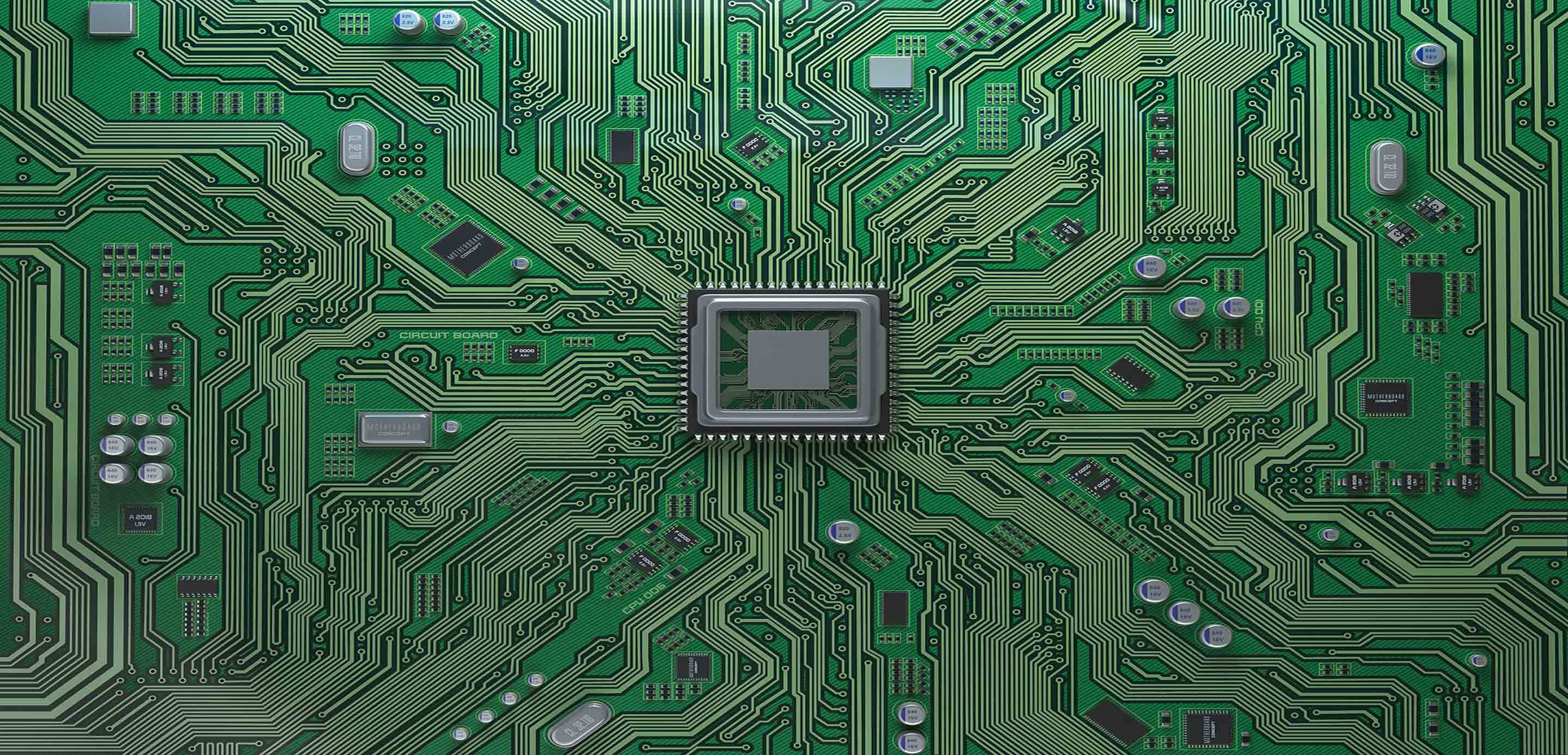- Article

- Managing Cash Flow
- Make & Receive Payments
ISO 20022 gets serious
ISO 20022 is more than just an investment in new technology. It is an investment in the future of the payments business, presenting companies with an opportunity.
Most of the banking world agrees that ISO 20022 will fundamentally change the transmission of information between banks and market infrastructures worldwide in the years ahead. After the introduction of SEPA, ISO 20022 will now also become a global de facto standard for both domestic and international payments and at the same time also the standard format for further payment types, such as real time payments.
What is changing
SWIFT, the standardisation organisation for the global payments industry and operator of the most important global communication network for financial messages, has published a roadmap to implement one of the most important changes in the area of payment transactions in recent decades to replace the existing Swift MT messages type 1, 2 and 9 over a period of three years, starting in November 2022 and ending in November 2025. The message type MT, which has been used in the world of payment transactions for decades, will be replaced by the message type MX based on ISO 20022 XML. In fact, this means no more than a change of paradigms in the world of payment transaction formats, offering companies many advantages. Following the market infrastructures in Switzerland, Japan and China, the clearing systems for all other important currencies in the world will now also convert to ISO 20022 in the coming years. While Target2 will already adopt the new ISO standard in November 2022, Chaps in Great Britain will take a step-by-step approach from June 2022 to February 2023. In the US, it is assumed that Fed and Chips will migrate to ISO 20022 in November 2023 with a “big bang approach”.
Advantages for companies
The conversion to ISO 20022 will result in a number of advantages for companies. For example, MX messages can transport far more data than their MT predecessors. An individual payment order in ISO-20022 format can also contain structured information with a lot of details, for instance, as well as a reference number that remains unchanged during the payment process. In addition to supporting the unique end-to-end tracking reference (UETR), the ISO-20022 standard therefore goes even further to ensure that customer information and references remain unchanged. For Treasury this means the further optimisation of standardisation in the payments business and an improvement in the automated processing of account information. In order to manage the replacement of the MT infrastructure efficiently on the company side as well, the migration should be geared towards the schedules of the respective local markets and introduction strategies. Only a central, global and regional governance model on the bank side will lead to efficient migration for the corporate client too. ISO 20022 is far more than just an investment in new technology, it is an investment in the future of the payment business. Banks are required to make changes to the front end customer systems and the other communication channels such as Host to Host, Swift, Ebics or API to offer their customers improved reporting. This offers companies the opportunity to optimise their cash and liquidity management.
“This means a change of paradigms.”
|


